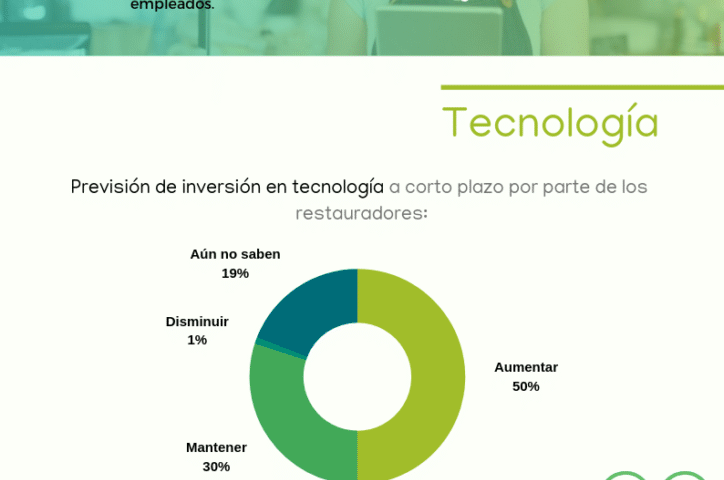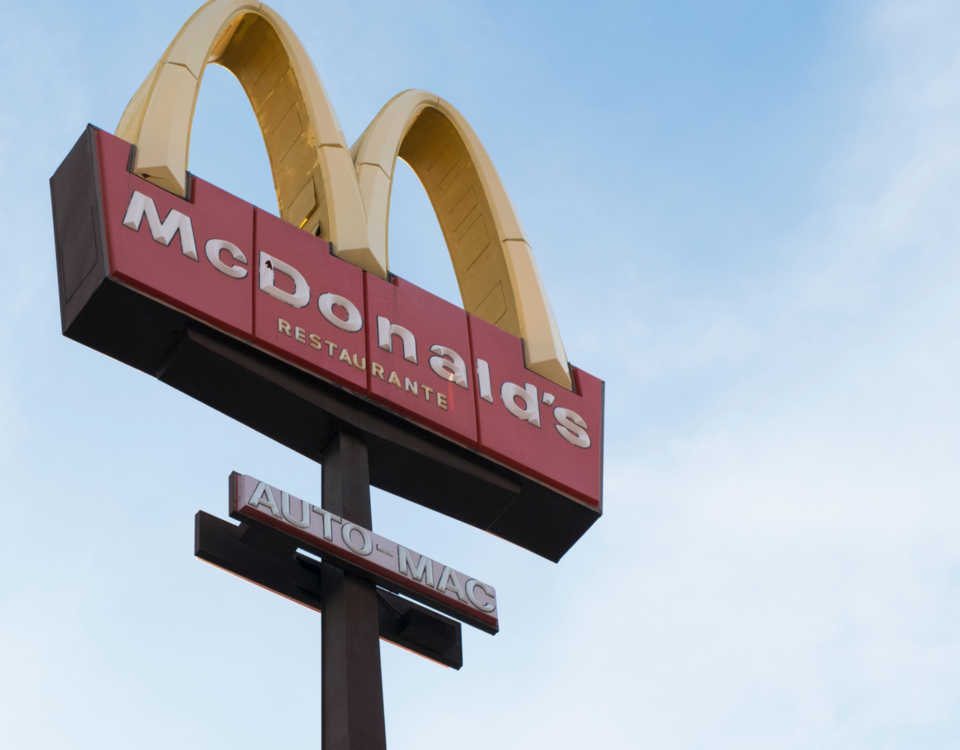Product
Orquest maximizes business efficiency through optimal employee scheduling and automation.
 Smart Planning
Smart Planning
Size and plan your in-store teams to provide the best customer service and maximize your performance.
Digital Transformation in Organized Restaurant Sector

Nov 9 2019
In recent years, organized restaurant sector has had to adapt to the new digital model. Restaurants have changed the way they operate by introducing technological tools in the management of customer-facing processes (front-office) and internal processes (back-office).
According to the report “La Digitalización en el Restaurante” (Digitalization in Restaurants), by TechFood and Basque Culinary Center, 83% of restaurants recognize that technology is a great help for their businesses. This is a huge opportunity for the restaurant sector.
“Technology is like glasses when you don’t see. It allows you to run your business more efficiently, and diagnose a problem to solve it”.
One of the franchises surveyed in the report.
There are currently many technological tools that can help restaurants in very different areas: reservation management, payment methods, inventory management, purchasing and suppliers, shift management, etc.
The current state of digital transformation in organized restaurant sector
According to the report, the main concerns of restaurant companies are: increase sales, improve profit margins, offer innovative experiences, improve customer loyalty and reduce operating costs.
That’s why digital transformation is very important for organized catering, because it optimizes processes, achieving a real impact on the restaurant’s results.
Then, what is the reality about digital transformation in organized restaurant sector? According to this study, the tools with the greatest current implementation by these restaurants are: POS with a penetration of 86%, Wi-Fi, and online advertising and reservation systems. All of them are front office and customer relationship solutions. But the solutions that have the greatest impact on the results of organized catering companies are back office solutions.
The bigger an organization is, the more important aspects of the back office become, such as improving productivity or the search for operational consistency.
The most used back office technologies are solutions for inventory, business analytics, administration and finance, waste management, workforce management and smart kitchens.
Where to focus if you want to transform your restaurant
The future of restaurants is to invest in people and new technologies. The workforce is the greatest asset a restaurant has. The customer experience depends directly on the employees.
Among the back office tools, those that are directly related to the employee and his or her engagement, will be the most appropriate in a Digital Transformation strategy. If a restaurant wants to increase sales, improve profit margins, improve the customer experience and reduce operating costs; a workforce management solution is the one that achieves the highest ROI and direct business impact.
According to the same study, 31% of restaurants use a workforce management solution, and 39% do not, but would like to.
The main barriers that this 39% of organized restaurant companies find when investing in this type of solution are:
- 40% lack of training or qualified staff
- 35% difficulty integrating with other systems
- 34% lack of time
How ORQUEST can help you
ORQUEST is based on Artificial Intelligence and the most advanced data analytics techniques, and allows: to know in advance the future demand of the restaurant, to identify the optimal dimensioning at each moment, and to plan the employees’ schedule with a single click. Fulfilling business needs and ensuring employee and customer satisfaction.
Implementing ORQUEST solves the main concerns that restaurants have, as we saw at the beginning of the article: increase sales, improve profit margins, improve customer experience and reduce operating costs.
In addition, ORQUEST also helps to break down the main barriers faced by organized restaurant companies when implementing this type of solution.
- It offers training to learn how to use the tool, as well as being simple to use and not requiring a technical profile.
- It integrates perfectly with the rest of the tools and systems of the restaurants.
- The implementation and training time is nothing compared to the time saved by using the tool. Up to 60% time savings in planning.



